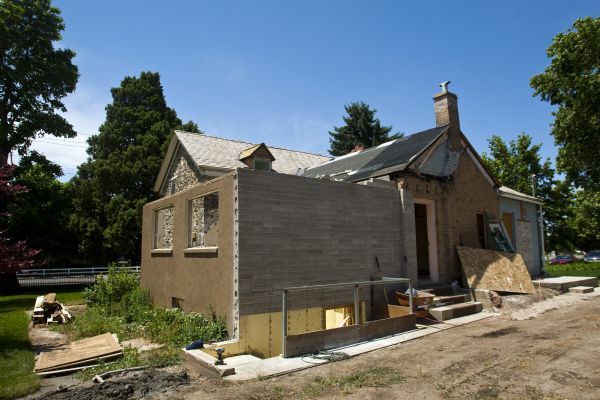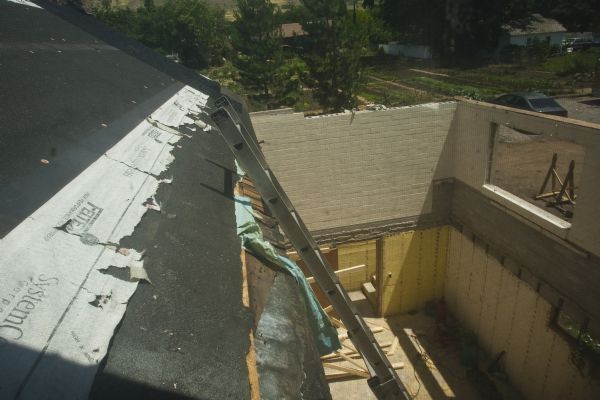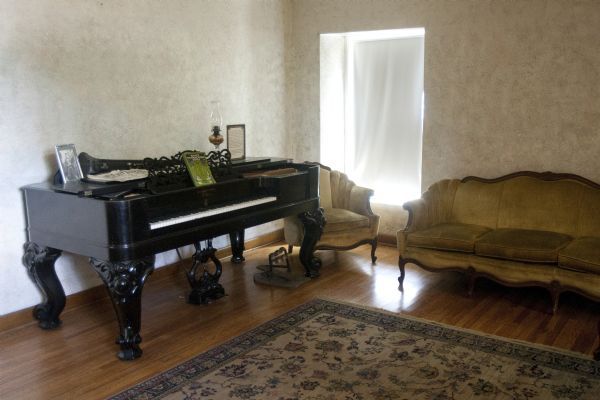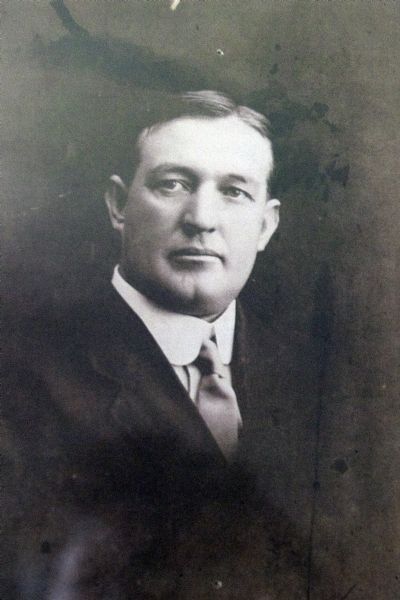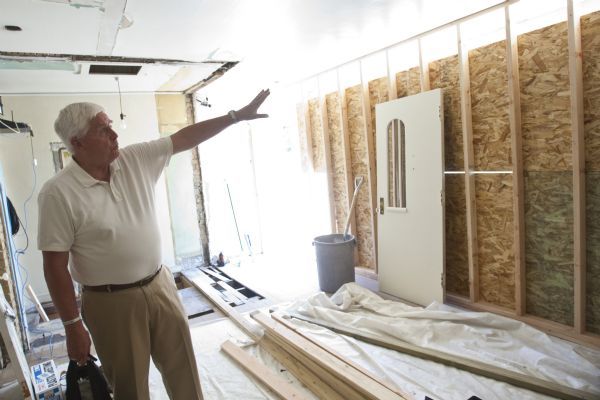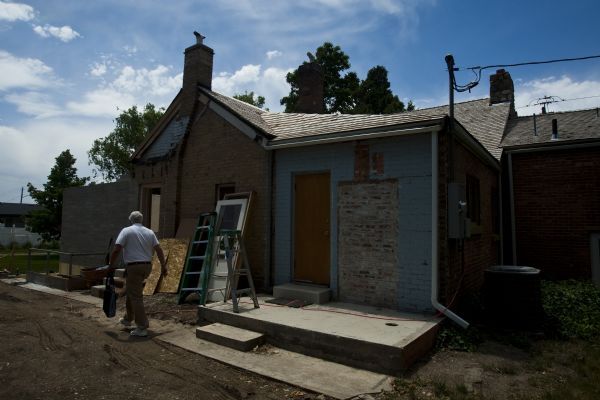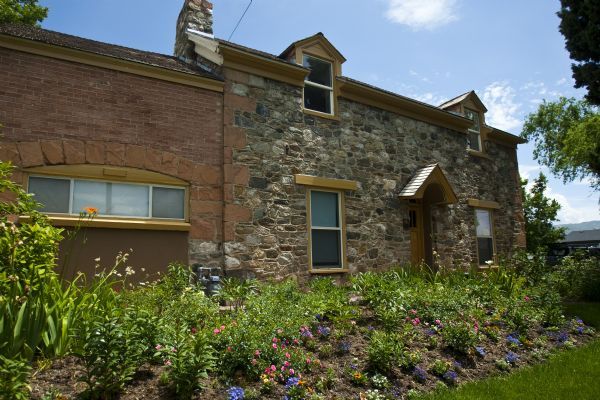This is an archived article that was published on sltrib.com in 2010, and information in the article may be outdated. It is provided only for personal research purposes and may not be reprinted.
Centerville » While the charming rock-and-brick home next to City Hall seems small by today's standards, some say it embodies the grand pioneer spirit that helped found this South Davis County community.
Thomas Whitaker -- born in England and baptized into the Mormon faith in California in 1849 -- built the two-story house in the 1860s for his wife Elizabeth.
Whitaker -- a seaman, builder, carpenter, furniture-maker, violinist, painter, grower and silk-worm raiser -- never held public office or a church position, said history buff Paul Thomas Smith. But he left his mark in a big way.
"He was a renaissance man," said Smith, who heads up the Whitaker Museum Board, which is restoring the structure to reflect its dominant uses up through 1920.
In addition to building homes for settlers throughout the Bountiful-Centerville-Farmington area, Whitaker also erected Baptist churches in Salt Lake City, Ogden and Eagle Rock, Idaho, Smith said.
Elizabeth Whitaker bore 11 children, but still found time to spin silk and weave it into fabric that she would then sew into fine clothing. A custom wedding gown she made for one of her daughters is displayed in the home.
She also raised and sheared sheep, then spun and wove their wool.
"You'll be able to see the transition from self-sufficiency to consumerism," Smith said of future visitors to the home, which sits on one acre of land.
Subsequent owners tacked various additions onto the house. Those are being dismantled, taking the house back down its original 1,200 square feet. Exterior and interior finish work are under way. Volunteer labor, along with about $60,000 in grants and city funds, is making much of the renovation possible.
"It's a big project that will take a while to complete," said Centerville Mayor Ron Russell, noting some aspects must be completed by August due to expiring grants.
A 52-inch screen TV has been hung in a classroom area off the kitchen. Visitors can see a video Smith compiled of Whitaker's colorful life.
At the urging of LDS Prophet Brigham Young, Whitaker took a second wife named Hannah Waddoups, who briefly lived in the Main Street home before Whitaker built her another.
"Life was not good," as Elizabeth was not a fan of plural marriage, Smith said. Hannah went on to bear eight children.
In 1882, the U.S. Congress declared plural marriage a felony, forcing Whitaker to flee the law by heading north to Ogden to find work.
Whitaker and three of his sons built the Odell & Wright store and also built homes for David Eccles and other prominent Ogden businessmen, Smith said.
A year before his death in 1886, Whitaker signed documents making his wives legal owners of their homes.
The city first acquired the Whitaker home in 1994 under former Mayor Priscilla Todd. Debate ensued over how to use it.
"We wanted the home to not just be a museum but also a cultural center," where residents could congregate to tie quilts, host a book club or wedding receptions, Todd said.
Current officials are "taking it in a different direction," she said. City Councilman Larry Wright said the current focus is to display how the Whitakers and other pioneer families survived and flourished.
"We want to be able to show schoolchildren the values they lived by," Wright said, "so they can feel rooted in Centerville."
A community garden currently stretches out behind the home, which Wright said is an important part of that vision. "We're advocating self-reliance and how much fun and how pleasing it is," he said.
Todd concurs about the importance of preserving the past. "Heritage needs to be protected," she said. "It gives us our balance for the future."
cmckitrick@sltrib.com
The museum is located at 168 N. Main St., Centerville, but it is closed for the renovations. Tours are expected to begin in about six months.



